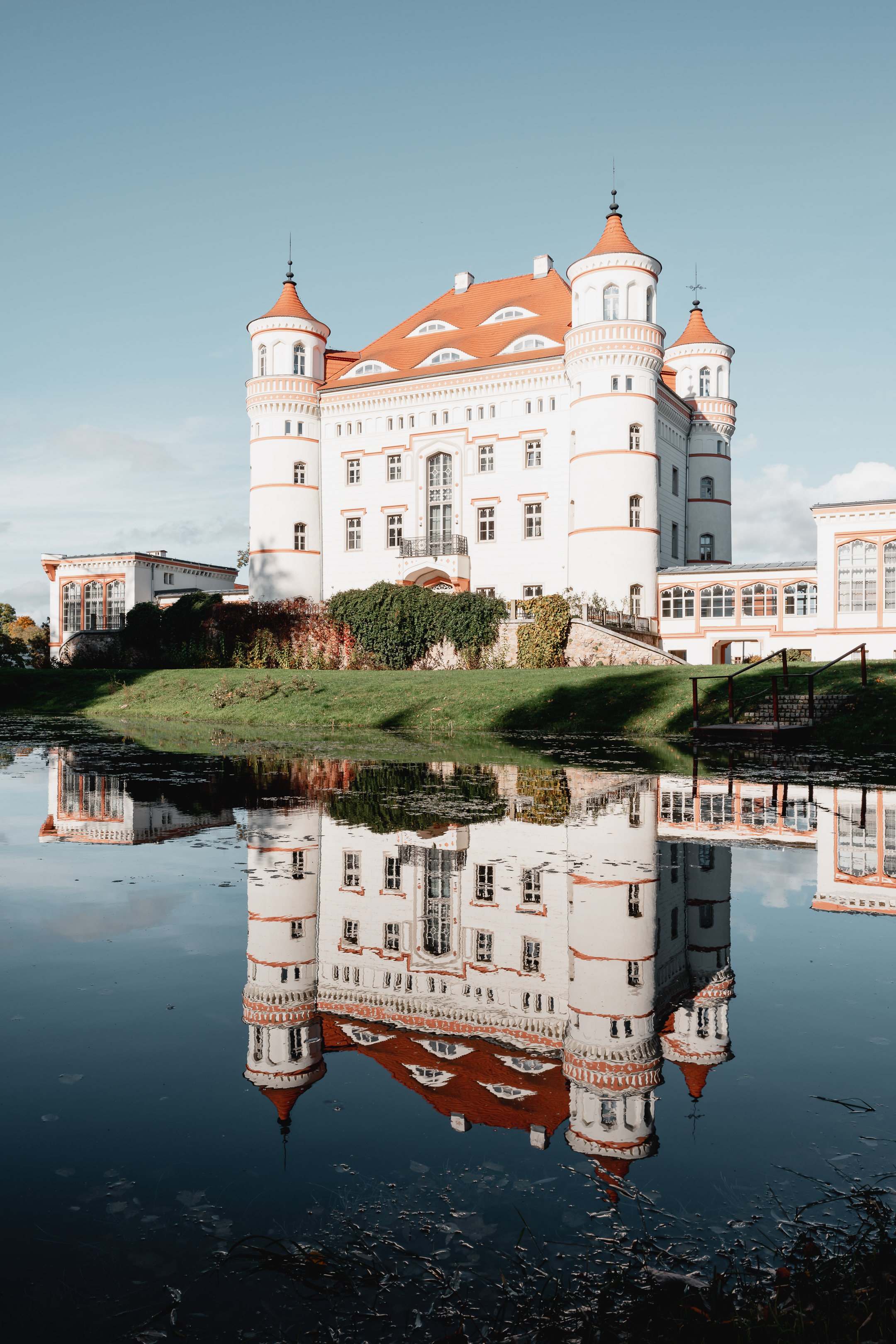Venue and Bus
The conference bus from Wroclaw to the Wojanów Palace will depart on Sunday, September 22 at 11:00 am from the corner of Mazowiecka Street and Wybrzeże Juliusza Słowackiego Street (51°06'32.0"N 17°03'05.9"E):
If you arrive early and need to wait there, you can go to Odra Centrum (a nice cafe on the river) opened from 10.00 am.
The return from Wojanów Palace is scheduled for Wednesday, September 25 at 1:45 pm. The arrival in Wroclaw, to the same location from where it left on Sunday, is planned between 3:45 and 4:45 pm, depending on traffic jams.
Participants are advised to come at least 15 minutes prior to the planned departure.
Pałac Wojanów (Wojanów Palace, https://www.palac-wojanow.pl/) is a modern conference centre situated in the buildings of a historical romantic manorial residence. It offers accommodation in comfortable single, double, and triple rooms with elegant interiors emphasizing the historical character of the estate. Other amenities include spa, indoor swimming pool, fitness room, tennis courts, and free parking.
Wojanów is located close to Jelenia Góra and approx. 100 km from Wrocław. It can be reached by train (in 2 hours from Wrocław plus a 15 minute walk to the Palace). You can check the trains here: https://rozklad-pkp.pl/ or https://www.e-podroznik.pl/
Organizers will ensure bus transport from Wrocław to Wojanów on Sunday (22.09) in the early afternoon and from Wojanów to Wrocław on Wednesday (25.09) after lunch. You can indicate your willingness to use this option during registration. Details will be announced in September.


Palace History The contemporary form of Wojanów Palace (formerly Schildau) is the result of the numerous reconstructions of earlier establishments. The first mention of the property dates from 1281, when it was owned by Eberhard von Schildau. The Renaissance manor was built in 1607 as the seat of the Zedlitz family. However, after only a few years, during the Thirty Years’ War, it was burned down by the Swedish army. In 1667 it was rebuilt by Christoph von Zedlitz in the Baroque style. Wojanów remained in the hands of the Zedlitz family intermittently until 1727. In 1831 it was thoroughly refurbished at the request of its new owner, Karl Albrech Ike. The building was given a neo-Gothic form, which was in fashion at the time. Over the years, a fortified manor house styled in a baroque manner was transformed into a romantic residence. In 1839 Princess Louise of Prussia became the new owner of the palace after she received it from her father, Frederick William III of Prussia. Thanks to the royal architect, Peter Joseph Lenné, a beautiful landscaped park was established around the palace. The owners of the palace changed frequently. During World War II it was inhabited by prisoners of war who worked in the nearby village of Dąbrowica. After the war, the destroyed and plundered palace was turned into an administrative building of a State Agricultural Farm (PGR), which did not save it from falling into disrepair. In the 1990s it was purchased by an Italian company. In 2002 the roof and a significant part of the ceiling burned down for unknown reasons and the building was offered for sale again. It has been in new hands since 2004. The edifice regained its old splendour thanks to a thorough renovation in 2005-2006.

